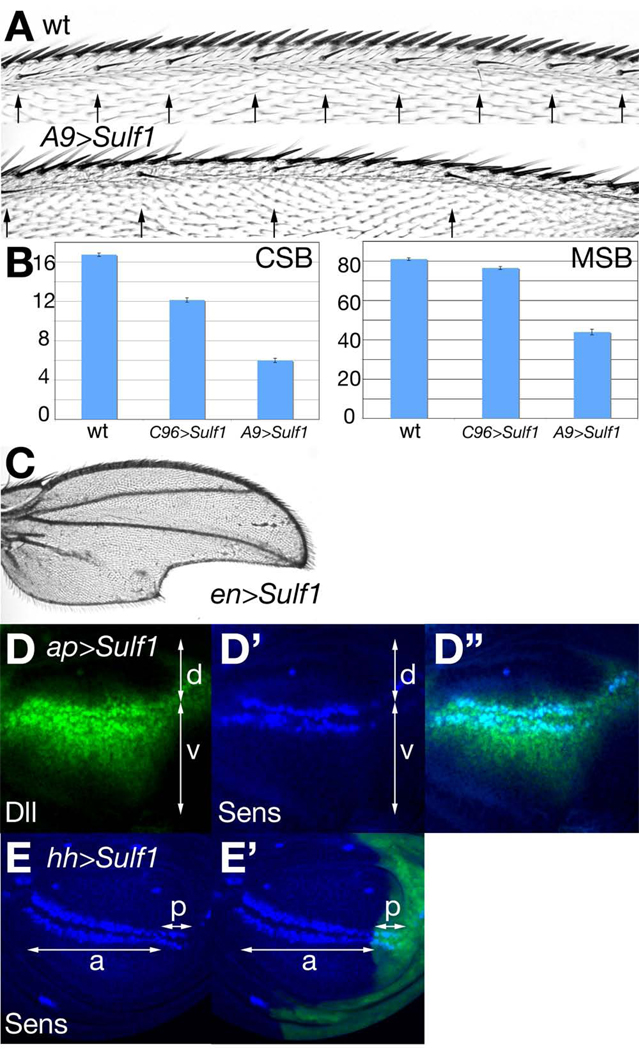Figure 3. Wg signaling is abrogated in Sulf1 overexpressing cells.
(A) Anterior wing margins of wild-type (upper) and A9>Sulf1 (lower) adult wings. Arrows indicate positions of chemosensory bristles. (B) Bar graph showing the number of chemosensory bristles (CSB; left) and mechanosensory bristles (MSB; right) in wild-type (wt), C96>Sulf1 and A9>Sulf1 animals. A significant decrease in chemosensory (C96>Sulf1 and A9>Sulf1: p<0.001) and mechanosensory (C96>Sulf1: p=0.03; A9>Sulf1: p<0.001) bristles was observed. Wing margin bristles were counted for more than 20 wings for each genotype. Error bars and p-values were calculated as described in Figure 1. (C) Wing notching phenotype observed in en>Sulf1 adult flies. (D-D”) Expression of Dll (green, D and D”) and Sens (blue, D’ and D”) in an ap>Sulf1 larval wing disc. Arrows mark the dorsal (d) and ventral (v) compartments. (E and E’) Expression of Sens in an hh>Sulf1 larval wing disc (blue). GFP in E’ marks the posterior compartment expressing Sulf1 (green). Arrows indicate the anterior (a) and posterior (p) compartments.

